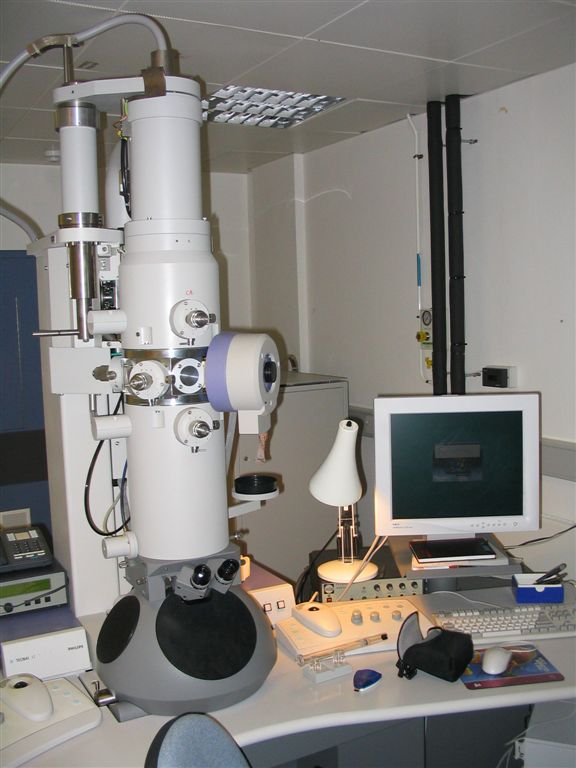Different Types of Microscopes??
- Sep 2, 2024
- 2 min read

By Dr. Bryan Rithesh Miranda
Today, we embark on a fascinating journey into the realm of microscopy, exploring why different types of microscopes are indispensable tools for scientists of all ages and disciplines.
Unveiling the Invisible: The Power of Microscopy
Have you ever wondered how scientists unravel the mysteries of the unseen world? The microscope, a revolutionary invention that has transformed our understanding of the microscopic universe. From exploring the intricate structures of cells to uncovering the secrets of tiny organisms, microscopes play a crucial role in scientific discovery.
Magnification: Why One Size Doesn't Fit All?
Imagine trying to observe a tiny bacterium with the same microscope used to examine a large insect. It's like using a telescope to study atoms – ineffective and impractical. This is where the need for different types of microscopes arises. Each microscope is designed with specific magnification levels and imaging techniques tailored to suit different applications.
Types of Microscopes and Their Applications
Let's delve into the diverse world of microscopes and their applications:
1. Optical Microscopes: These traditional microscopes use visible light to magnify specimens, making them ideal for observing larger structures like cells and tissues in biology labs.
2. Electron Microscopes: When it comes to exploring the ultra-fine details of nanoscale objects, electron microscopes reign supreme. Scanning Electron Microscopes (SEM) and Transmission Electron Microscopes (TEM) use electron beams to achieve incredibly high magnification, allowing scientists to study nanomaterials, viruses, and even individual molecules.
3. Confocal Microscopes: By capturing images at different focal planes, confocal microscopes provide three-dimensional views of specimens with exceptional clarity. They are invaluable tools in neuroscience, immunology, and biomedical research.
4. Fluorescence Microscopes: Harnessing the power of fluorescence, these microscopes illuminate specific structures within cells or tissues, enabling researchers to visualize biological processes such as protein interactions and gene expression.
5. Atomic Force Microscopes: Delving into the world of atomic-scale resolution, atomic force microscopes probe surfaces with unprecedented precision, paving the way for advances in nanotechnology and materials science.
Empowering Scientific Exploration: Beyond the Classroom
Microscopy isn't just confined to laboratory settings – it's a gateway to endless possibilities for exploration and discovery. Whether you're a budding biologist, a passionate physicist, or a curious chemist, the world of microscopy invites you to embark on a journey of scientific inquiry and innovation.
Remember that these remarkable instruments are not just tools – they are windows into the invisible realms of the microscopic world. By embracing the diversity of microscopy techniques and applications, we can unlock new insights, solve complex problems, and shape the future of science and technology.





Comentarios